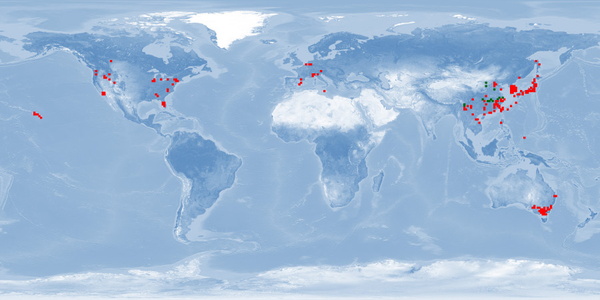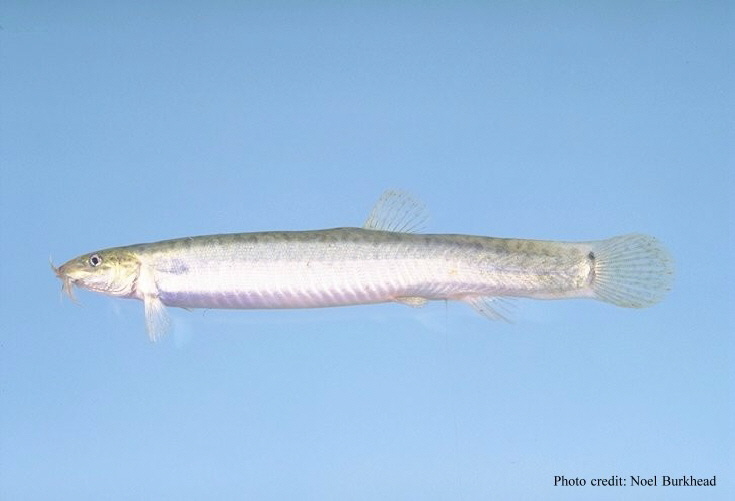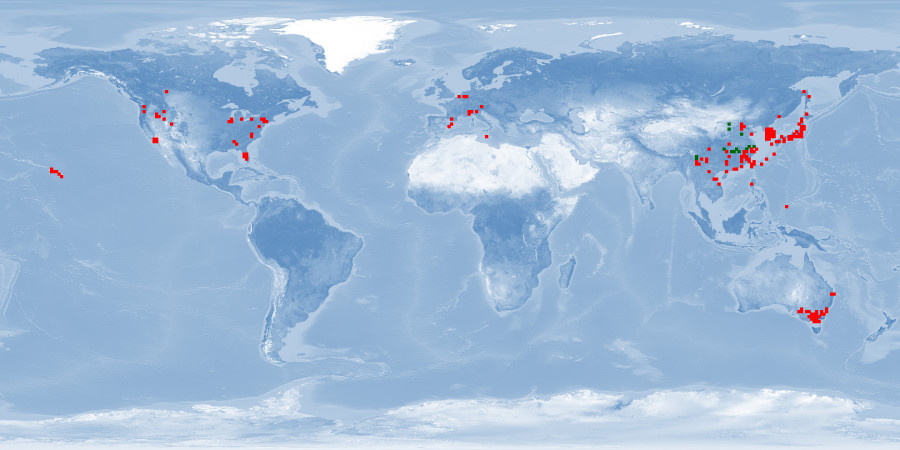Farming remarks
Misgurnus anguillicaudatus is a freshwater fish species native to Asia that is popularly cultured in many East Asian countries. The increasing demand for this coolwater species has caused a major decline in the natural populations. M. anguillicaudatus, which is also used as live bait and a popular ornamental fish, was already introduced in European and North American countries, besides other countries like Australia. It is a fish species with a high invasive potential, and adverse ecological impact after introduction was already registered. M. anguillicaudatus is a demersal fish with natural polyploid individuals that is found in streams, rivers, lakes, ponds, ditches, swamps, and ricefields, usually preferring muddy bottoms, where it can hide in the muck and leaf litter. This fish is considered a fast-growing species with a flexible omnivorous diet and a great tolerance to hypoxia (it can use atmosphere oxygen for respiration), thermal variation, and high stocking density. It has a great commercial demand, with a high-grade nutritious meat that is tender and flavourful, and also a medical value, especially for Chinese medicine. Despite its commercial importance, relevant information about home range, aggression, and aggregation in natural conditions is still missing for this species. Moreover, further research about many information under farming conditions like substrate use, stress response, malformations, aggression, and the stunning and slaughtering process is needed.
For details see: WelfareCheck | farm













